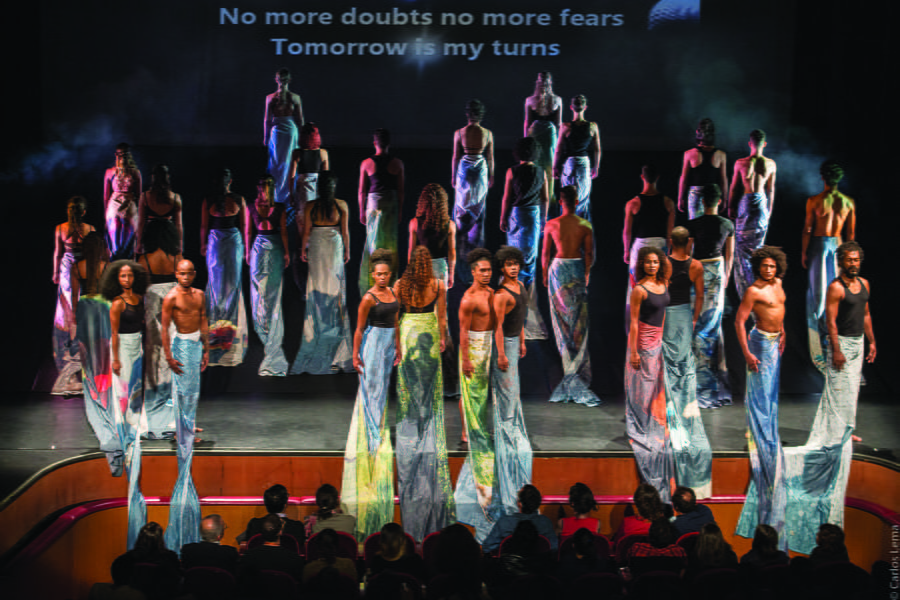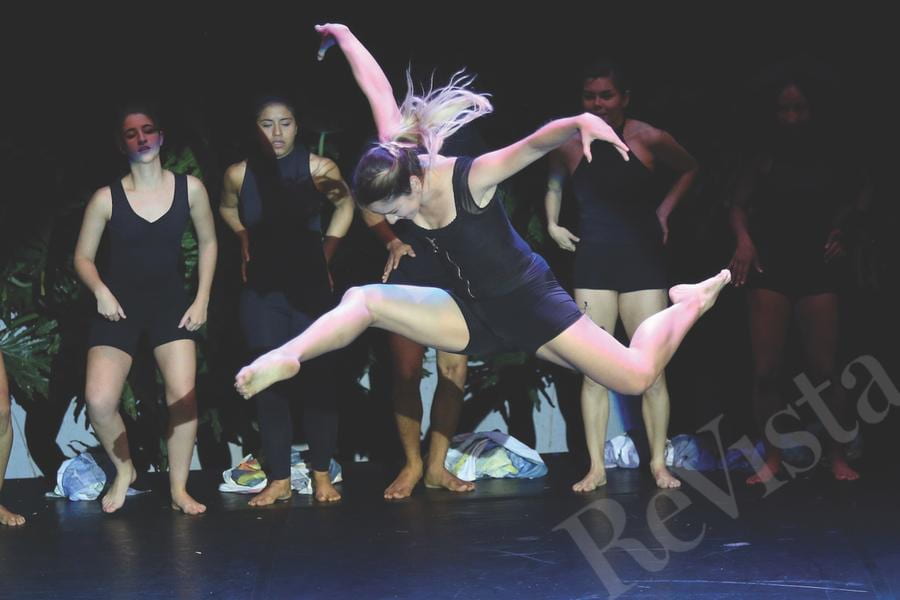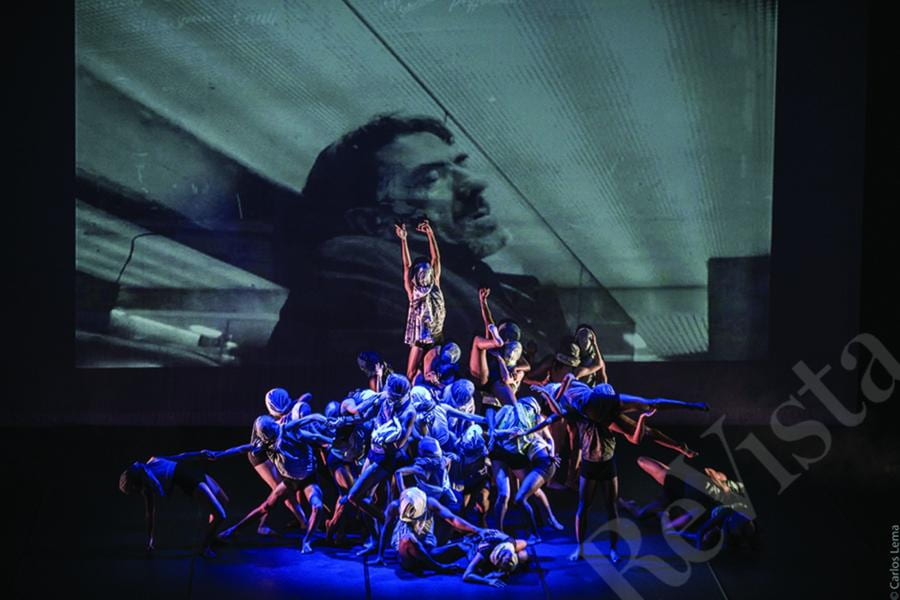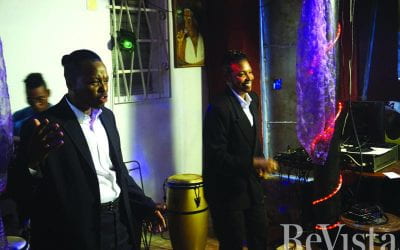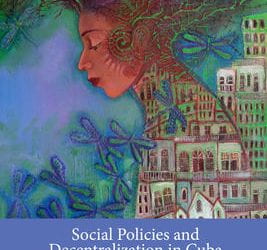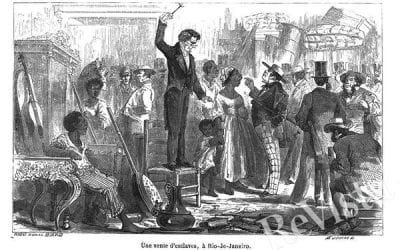Negra/Anger
Nina Simone once said that her life had been a constant struggle between blacks and whites…and that she had finally found her balance between the black and white keys of her piano. This is the core message of my piece NEGRA/ANGER, for 32 dancers, dedicated to Dr. Nina Simone and to the great poet and statesman from Martinique, Aimé Césaire… Both these great artists struggled through their art and throughout their lives to convey a message for human dignity, against any form of exclusion or discrimination. NEGRA/ANGER was born as a corporeal poem to denounce racism in one of the most racist cities in the world: Cartagena de Indias in present-day Colombia, main port of entrance of African slaves during the brutal Spanish colonial era in Latin America. The genocide of indigenous people and of the kidnapped Africans brought as beasts to the Americas is a wound that continues to bleed. When we see what is still happening in the world, in the United States (white supremacy in the Trump era) and in other corners of our planet, we realize that the human race has still not understood that cultural, ethnic, political, racial, religious, sexual, biological diversity is the main patrimony and wealth of our species.
Winter 2018, Volume XVII, Number 2
Álvaro Restrepo is a Colombian dancer, choreographer and teacher. He is the founder/director of EL COLEGIO DEL CUERPO in Cartagena de Indias, Colombia. Restrepo is also a frequent international guest teacher and lecturer in universities and cultural institutions as well as a columnist for various Colombian newspapers and international magazines.
Related Articles
Transforming Havana’s Gay Ambiente
The epicenter of Havana’s gay ambiente might be La Rampa—a stretch of Calle 23 in the touristy El Vedado neighborhood— but the peripheral neighborhoods of Havana are also…
Social Policies and Decentralization in Cuba
From my snapshot views of Cuba in ve visits over the years, two eye-opening moments stand out. In 1980, after visiting one workplace after another where union and management…
Slavery and Precarious Freedom
Slavery was a form of labor exploitation in which workers became the property of others; slaves were considered things, thus routinely exposed to transactions such as sale, auction…


